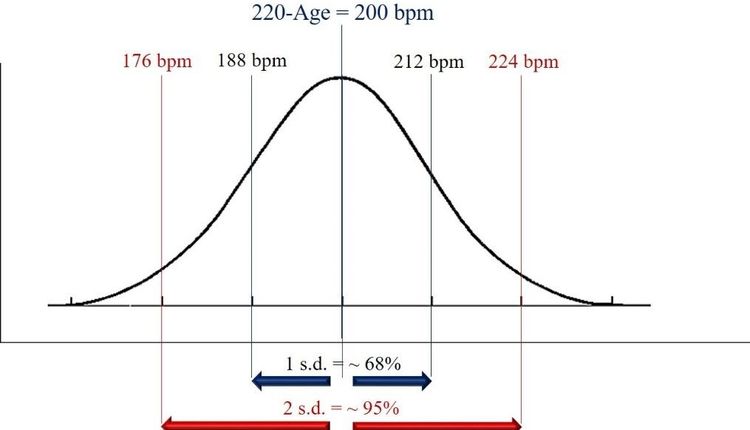On the eve of the European Central Banks expected increase in interest rates, a move likely to drive the value of the dollar still lower, Technogym is taking a page from the Italian fashion industry, focusing on reputation, cachet and flair, celebrating customers like Sylvester Stallone, Madonna and George Clooney.
Fashion is looking good outside; wellness is feeling good inside. Its the new frontier of luxury, said Nerio Alessandri, the 46-year-old who owns and runs Technogym, second only in size to America-based Life Fitness, and exclusive supplier of 1,000 exercise machines on the grounds of the 2008 Olympics.
The United States is the worlds biggest fitness market. But in case growth in the American market slows as it seems to be with every other consumer good and service Mr. Alessandri has expanded the companys reach in recent years to Dubai, Russia and China, countries where few people join health clubs and fewer still have home equipment.
In addition to mining such growth markets, Technogyms other strategy for surviving an American (or trans-Atlantic) downturn is containing costs.
Assembly lines are organized like an auto plant, with just-in-time supplies of components, digital message boards flashing the days production target versus the actual production numbers, and slogans announcing Quality and reliability are our first objectives.
Because of the dollar, we spend an enormous amount of time on cost issues, said Timothy OConnell, the companys marketing director.
It is all part of one export-oriented companys effort to defy the challenge of a strong euro and weak dollar, and continue marketing aggressively to American customers.
But several American-based competitors say that the weak dollar is giving them an advantage. Our products always represent a great value to purchasers, said John E. Stransky, president of Life Fitness, a unit of Brunswick Corporation. A weaker dollar makes them an even more attractive purchase at this time.
Mr. Alessandri agrees that the weak dollar punishes Technogym, given that the dollar is the currency of the global fitness market, with the exception of Europe. The dollar penalizes us a lot, he said. Its also an opportunity, a stimulus to implement efficiencies.
Mr. Alessandri trained as an industrial designer, built his first fitness machine, for simulating weight lifting techniques, with the help of his younger brother, Pierluigi, in his fathers garage when he was 22. Within 18 months, he had moved out of the garage to rooms on the grounds where the company headquarters now stands, in this hamlet of 10,000.
Technogym is still very much a family company. Pierluigi, 41, is on the board and the brothers are the sole owners of the company, which now has 1,400 employees.
One of two big European fitness machine makers, along with Precor, a unit of the Amer Sports Corporation of Finland, Technogym is arguably the leader in marketing fitness as a full service. Fitness services now generate 20% of the companys revenue and in five years will account for 40%, according to Mr. Alessandri.
Partly because of the weak dollar, the company is losing contracts in America to competitors like Life Fitness. In response, Technogym has become a case study in globalization, tapping countries with newly rich residents eager to work out on sophisticated fitness machines.
But Technogym cannot count on having a lock on its home market in Europe, either. For instance, Club Med, a leading chain of 22 fitness clubs in Paris, decided to broaden its selection of fitness machines beyond just Technogym equipment. As part of a three-year investment program in which Club Med, a division of the Club Med Vacation Village Group, spent about $4.4 million the first year, the chain agreed to outfit its luxury Waou Club Med Gym centers with Technogym, but to install Life Fitness in 17 mid-market Club Med Gym clubs.
Yannick Franois, who is responsible for equipment at Club Med, said, Life Fitness machines are very robust, and we have 1,500 members, with 700 people coming through a day on average. Then he pointed to clusters of Technogym machines with their softly textured handles, integrated television screens, and digital keys that allow users to store data on their performance.
Technogym is haute couture, he said. In terms of design, comfort and ergonomics, it's the best.
Technogym places its workout machines the way Armani does its clothing, at the top of the market. Its newest offerings include a running machine with an integrated iPod that it developed with Apple; and a fitness machine for the elderly, complete with a red and green lights to tell users when to take a break.
Technogym is also working with hotel chains, like Mandarin Oriental and Starwood, and corporate customers like Deutsche Bank, Nikeand Google, to provide them with top-of-the-line fitness centers for employees. A Kinesis model workout machine covered in hammered gold, for markets in Russia and Dubai, sells for $15,000.
Nerio has a passion for the industry, said Richard M. Caro Jr., president of Management Vision in New York, which follows the industry. He really believes in wellness. Technogym posted revenue of 485 million euros last year ($761 million), averaging growth in the last three years of 20 percent annually, selling machines and services.
Mr. Alessandri said that while fitness, including facilities like clubs and workout equipment, is a $17.6 billion industry in the United States, and $29.2 billion in Europe, it is virtually unknown in Asian countries like China and India. While 14% of Americans are health club members, the figure in Asia is about four percent, mostly in countries like Singapore and Japan. Technogym has had remarkable success in the United States, which now accounts for about 15% of revenue.
Technogym's going to America was as if Starbucks came to Italy, Mr. OConnell said. But Mr. Alessandri sees the greater potential in Asia, including Australia.
America is now in Asia, he said, not in America.
Visit www.nytimes.com for more information.







